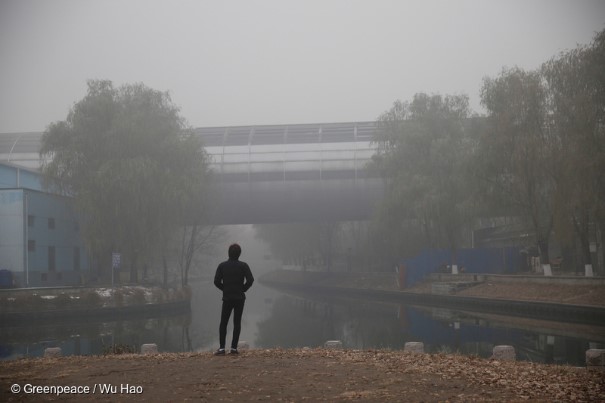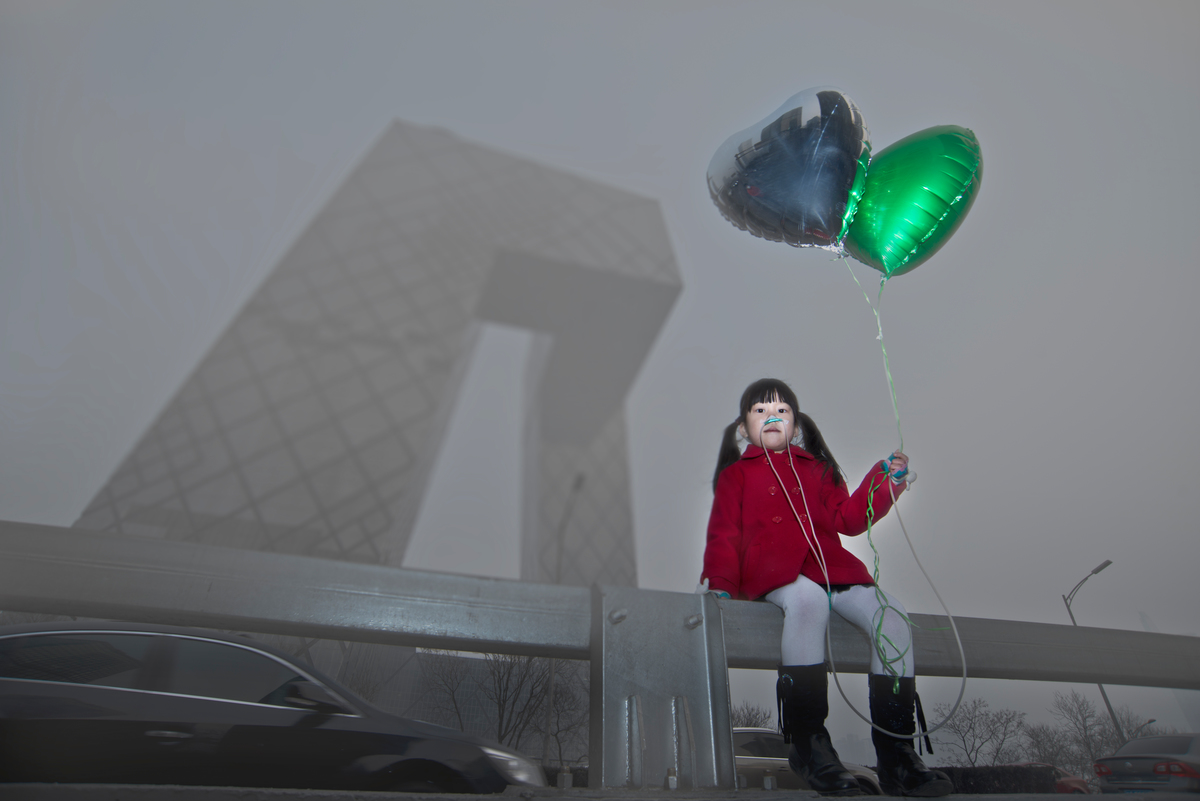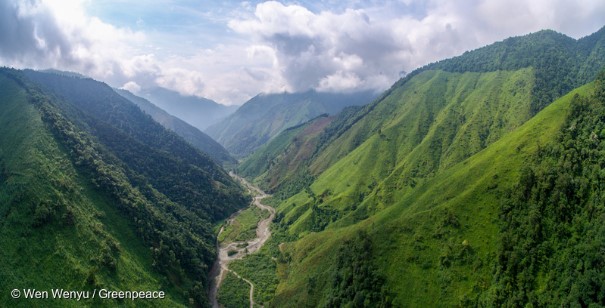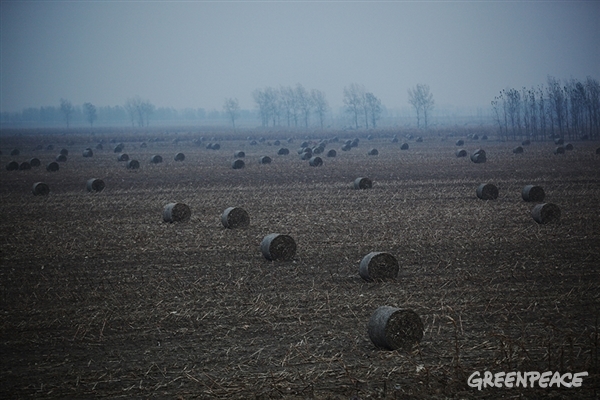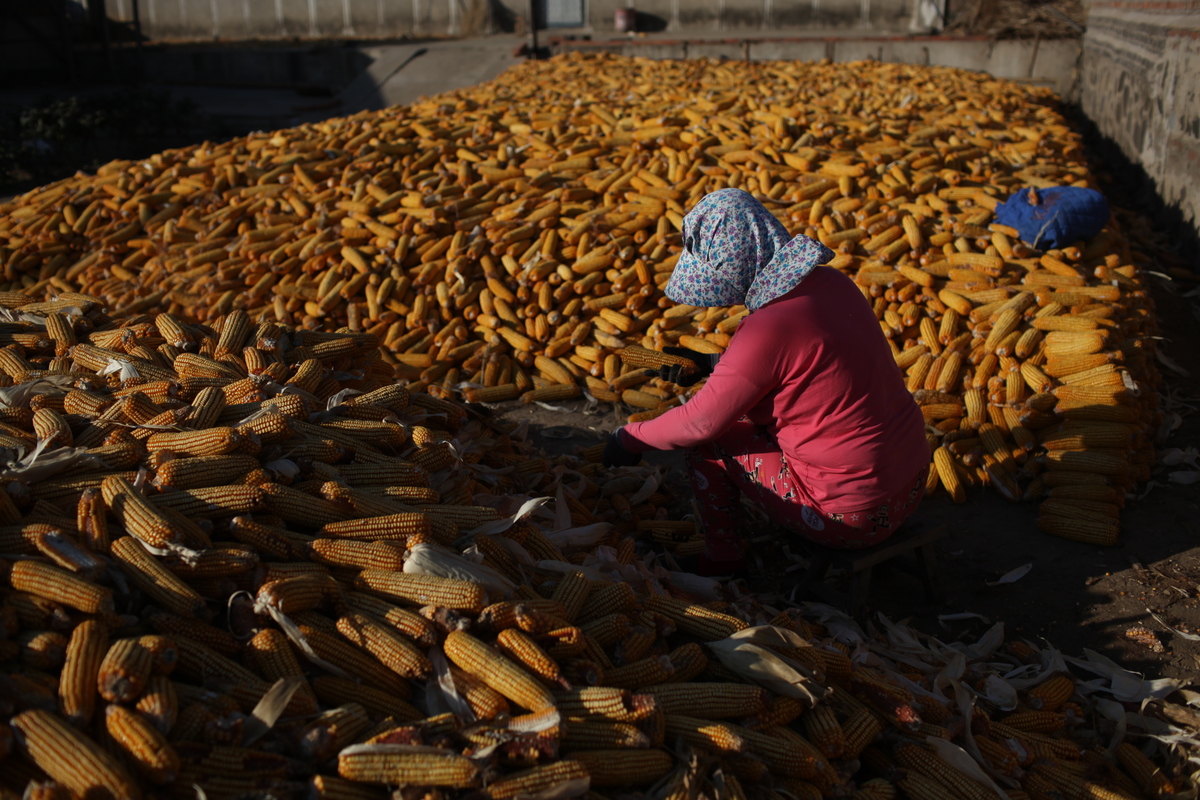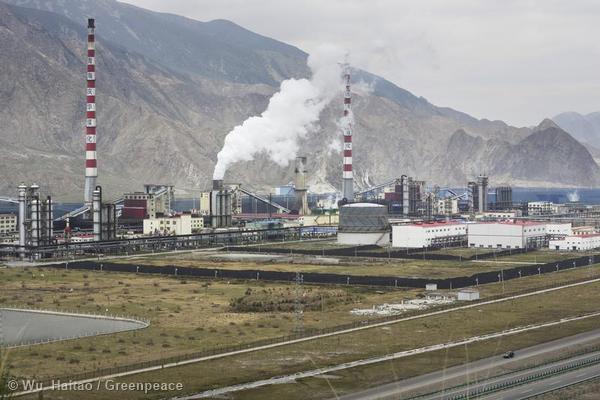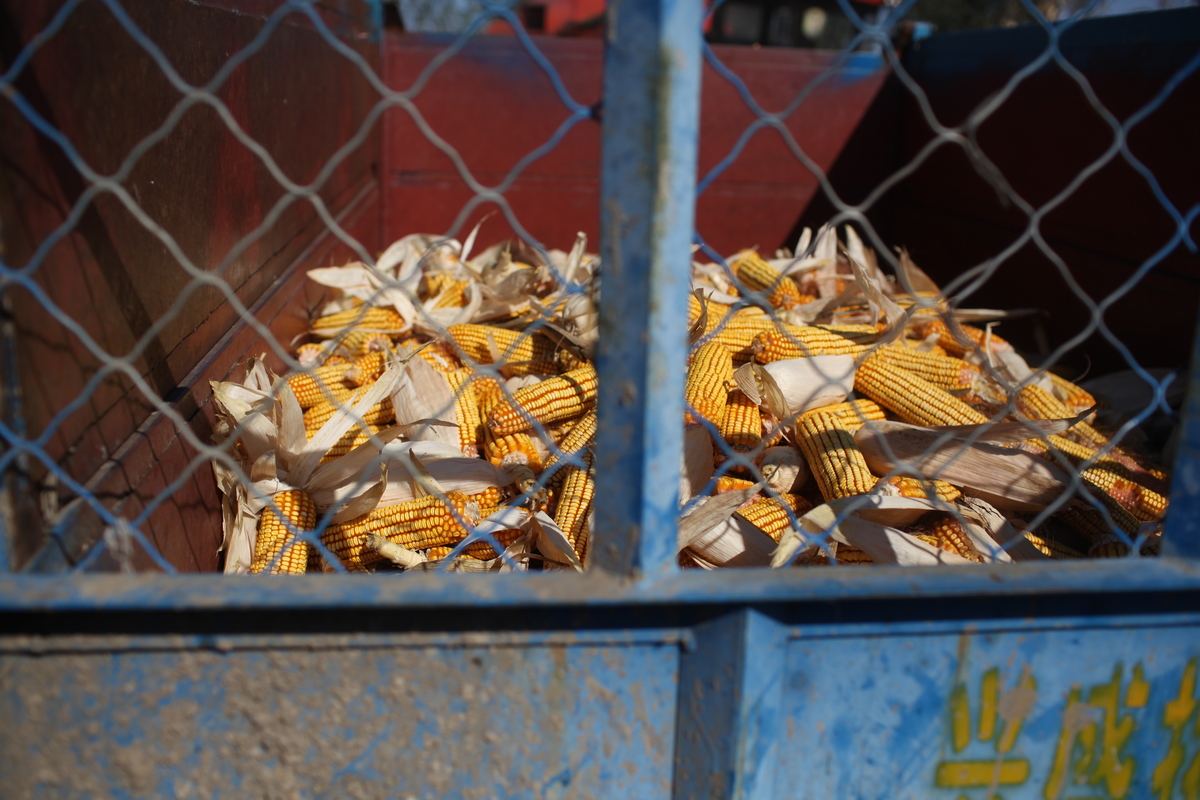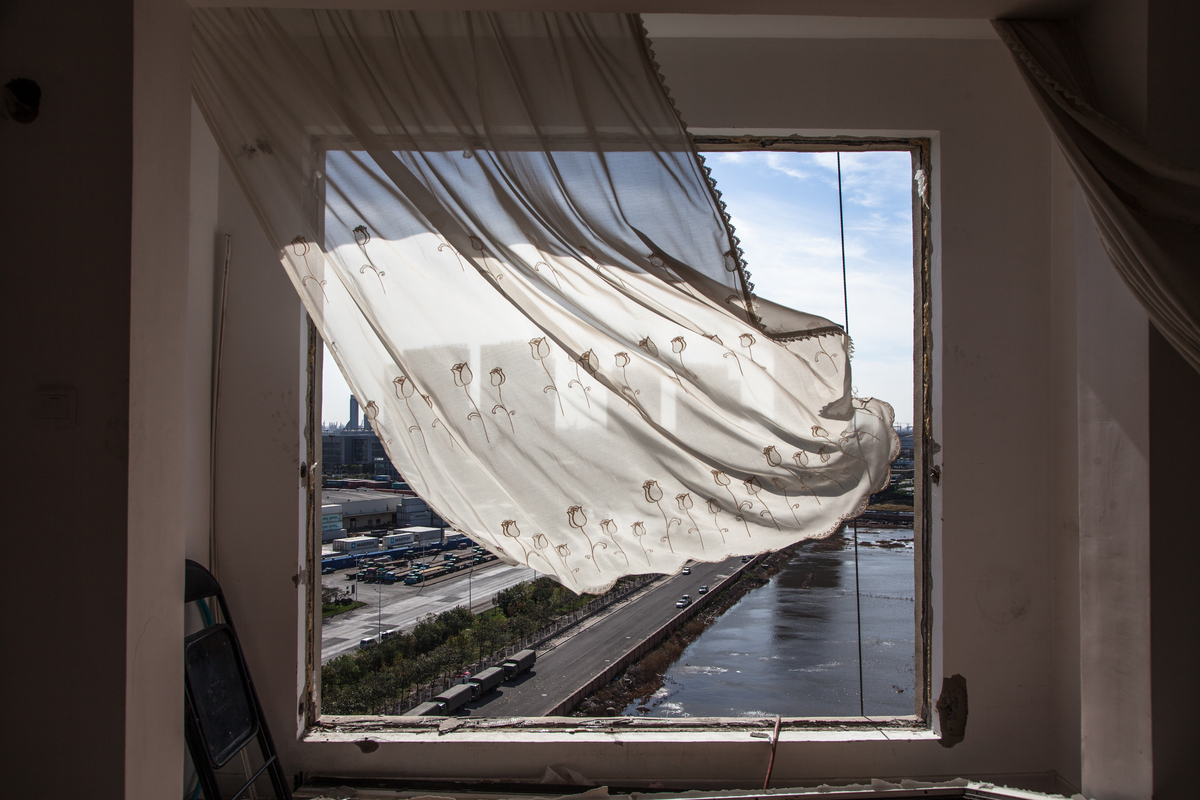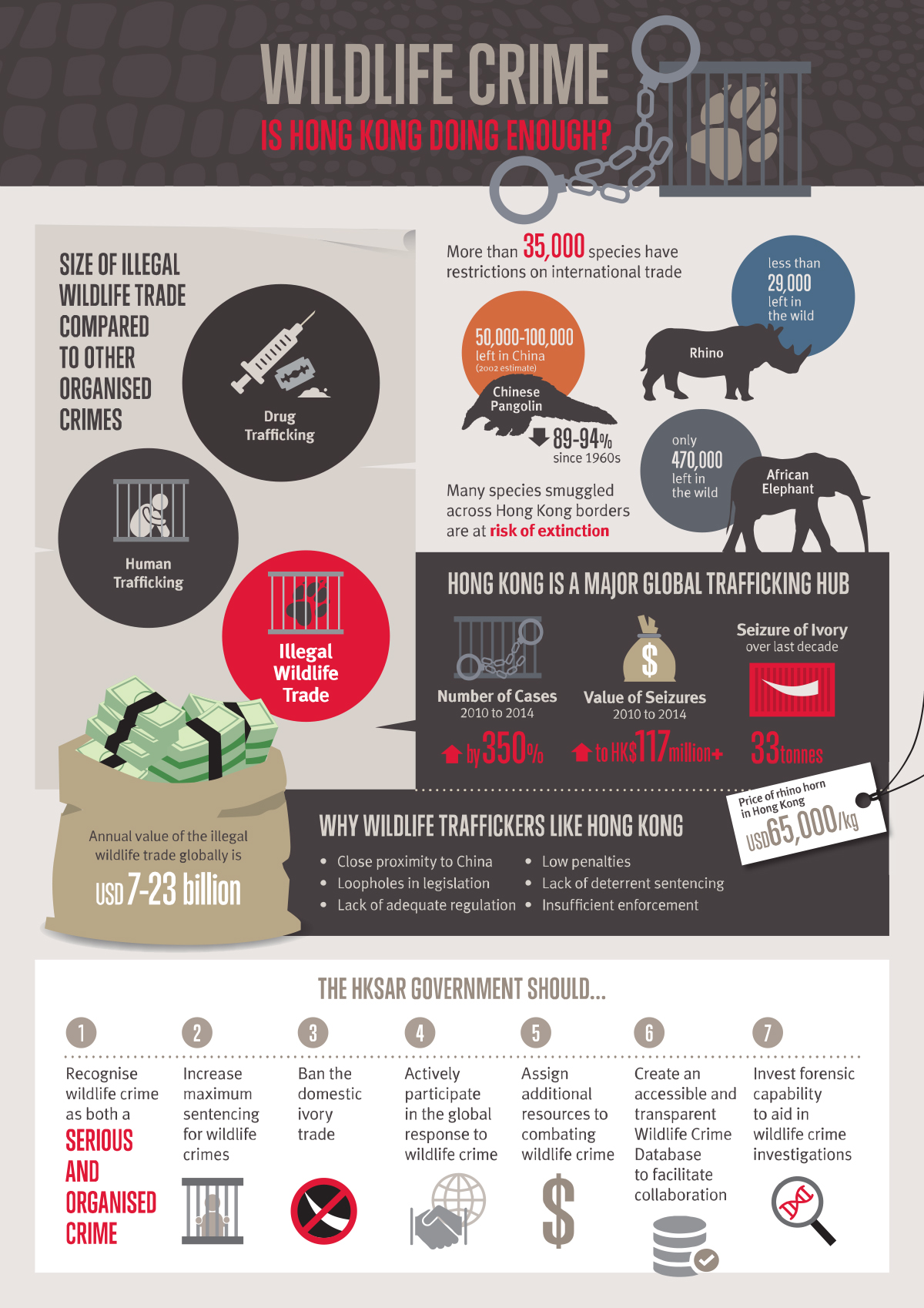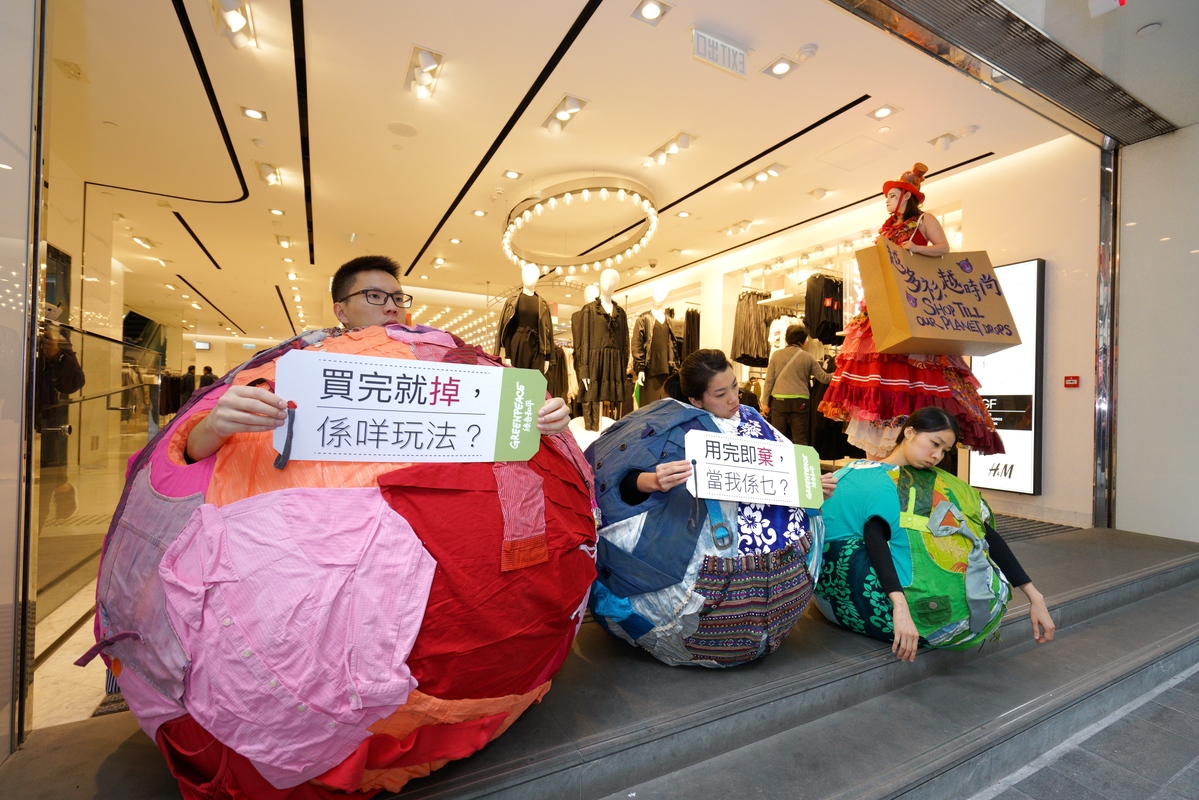All articles
-
Greenpeace: China saw average PM2.5 levels fall by 10% in 2015, but 80% of cities still fail to meet national air quality standards
Beijing, 20 January 2016 - Greenpeace East Asia’s 2015 annual city rankings show that average PM2.5 concentration in 189 cities around China fell by 10% compared to 2014 levels. However, 80% of a set of 366 cities in China still fail to meet the national standard on air quality. Moreover, the smog experienced by Beijing…
-
Greenpeace City Rankings 2015 Summary
Greenpeace East Asia’s 2015 annual city rankings show that average PM2.5 concentration in 189 cities around China fell by 10% compared to 2014 levels. However, 80% of a set of 366 cities in China still fail to meet the national standard on air quality. Moreover, the smog experienced by Beijing and other cities across northern…
-
We did it! Victory for China’s Giant Pandas
2016 has kicked off with great news for Pandas!
-
Contamination on the great north eastern plain: What I saw
There is something special about the soil and the air of the north eastern plain. On the boundary of inhospitable wilderness – the Mongolian steppes and the frozen forests of…
-
GPEA’s discovery of illegal GE corn in the corn supply chain in north east China
From May to December 2015, Greenpeace East Asia (GPEA) carried out an investigation into corn production in Liaoning province, one of China’s major corn production areas. The investigation discovered that large quantities of GE corn are being grown illegally in the city prefectures of Shenyang, Jinzhou and Fuxin. It is very likely that much of…
-
China declares no new coal mines for next three years – Greenpeace response
Beijing, 6 January 2016 - China announced plans recently to halt new coal mine approvals for the next three years, and close 1,000 coal mines as part of its fight against air pollution. The announcement, made in a speech by the Head of China’s National Energy Administration at the annual meeting of energy planners, also…
-
Greenpeace sampling finds 93% of corn grown in China’s ‘breadbasket’ province of illegal GE strain.
Beijing, 6 January, 2016 – A Greenpeace East Asia investigation into corn production in Liaoning Province, one of China’s major breadbaskets, has found that 93% of random field samples and 20 of 21 samples from grain markets and supermarkets in the area tested positive for illegal genetically engineered (GE) contamination. The commercial production of GE…
-
After Tianjin, families struggle to piece their lives back together
Just before midnight on August 12 2015, two blasts ripped through the Binhai New Area port of Tianjin. The blasts were so powerful that they could be seen from space and terrifying footage of the explosions was circulated around the world. 203 people lost their lives that night- and thousands more were left homeless, injured,…
-
Recent wave of enforcement could be vanishing vaquita’s saving grace
This month sees three significant actions to tackle Hong Kong’s underground totoaba trade – the force that’s driving vaquitas to extinction
-
Greenpeace urges Hong Kong to join ‘Buy Nothing Day’ and stop over-consumption
Hong Kong, 27 November 2015 ¬– Greenpeace marked today’s international Buy Nothing Day by highlighting Hong Kong’s wastefulness: last year the region discarded 110,000 tonnes of textiles, equivalent to about 1,400 T-Shirts every minute – an amount that could cover 25,000 Hong Kong Stadiums.

